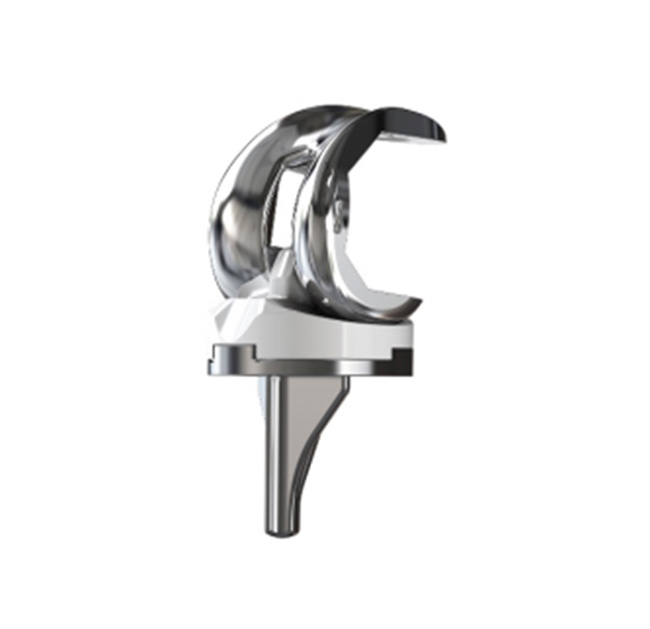When Do You Need Revision Knee Surgery?
 Mar. 15, 2021
Mar. 15, 2021
Total knee replacement (TKR, also called total knee arthroplasty) is one of the most successful procedures in orthopedics. More than 600,000 knee replacements are performed each year in the United States alone. This is due to the substantial pain relief and restoration of function after TKR. Improvements in surgical materials and techniques have greatly increased its effectiveness.
How is a failed knee replacement treated?
When a total knee replacement prosthesis fails, a second surgery is required. The most common and effective treatment is called revision total knee replacement (also known as knee revision surgery).
What is revision total knee replacement?
Revision total knee replacement is the replacement of a failed total knee prosthesis with a new prosthesis. In simple terms, it is a replacement of a knee replacement.
Knee revision surgery is a complex procedure that requires extensive preoperative planning, specialized implants and tools, prolonged operating times, and mastery of difficult surgical techniques to achieve a good result.
With newer implant designs and improved surgical techniques, total knee replacements can be expected to function well for at least 15 to 20 years in more than 85% to 90% of patients. However, some procedures or implants can fail at some point. When this happens, a knee revision surgery may be necessary.

When do you need revision knee surgery? What are the signs?
Key signs that you need a second knee replacement (revision) include an increase in pain or a decrease in knee function, often accompanied by swelling around the knee.
Persistent pain and swelling can indicate loosening, wear or infection, and the location of the pain can be all over the knee (generalized) or in one particular area (localized). A decline in knee function may result in a limp, stiffness or instability. Patients who demonstrate these symptoms and signs may require revision joint surgery.
What does the doctor do prior to revision surgery?
When the decision for revision knee replacement is made, the surgeon will do a thorough clinical exam and order X-rays and laboratory tests. If the infection is suspected, aspiration of the knee (joint fluid removed with a needle) may be required. The aspirated fluid will then be sent to a laboratory for analysis to identify the specific type of infection.
In addition to X-rays, other imaging modalities may be helpful, such as bone scans, CT scans or Magnetic Resonance Imaging (MRI). These advanced imaging technologies can demonstrate changes in the position or condition of the prosthetic components as well as help to pinpoint the cause, location and amount of bone loss to help plan for the surgery.
What is the recovery time after knee revision surgery?
It varies, but in most cases, physical therapy will be initiated within 24 hours of the procedure and will continue for up to three months.
Some patients take longer to recover. In some cases, protective weight-bearing or limiting the knee’s range of motion is needed to promote appropriate healing. Therapy will usually continue for up to three months following the surgery. Assistive devices, such as a walker or crutches, will be used early in the convalescence period, and patients will progress to a cane or walking without any assistance as their condition improves.













